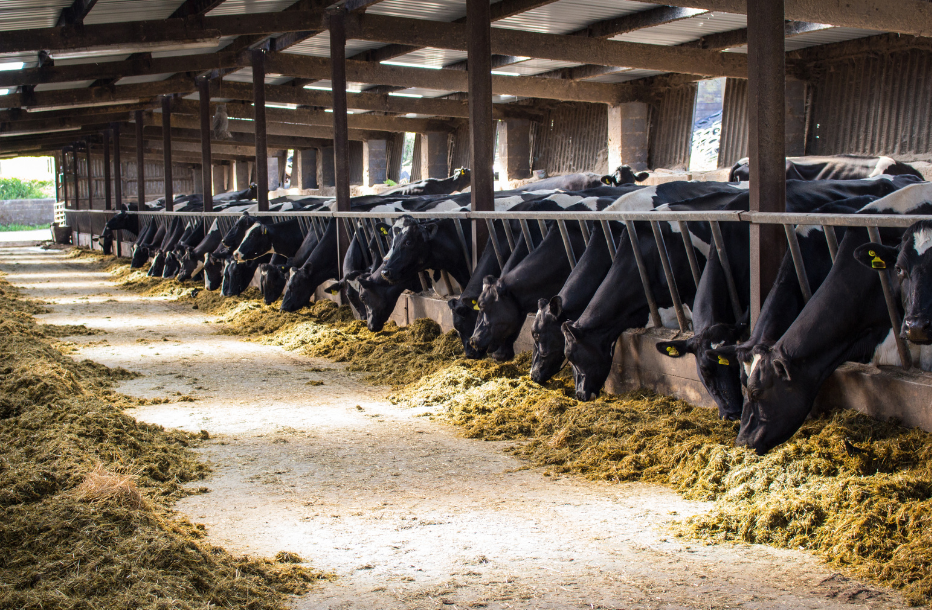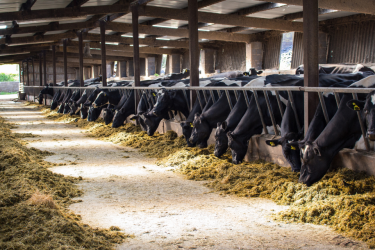Hot, dry summer days feel like a distance memory now, especially with daylight hours ever decreasing but the effect the drought had on grass growth and forage stocks is very much at the forefront of everyone’s mind.
Maybe you’ve had to start feeding winter forage early and the drought meant you didn’t get as much in the clamp as you expected. Easing the pressure on forage shortages is vital but must be done without compromising cow health.
Analyse all forages
Measure your silage stocks to work out if there will be a shortfall. Analysing all forages must be prioritised as cows eat dry matter and knowing the dry matter of your forages will help with estimating forage stocks. There will a lot of crops being taken in October which are yielding well, though these silages will more than likely be low in energy (ME).
Understanding the nutritional value of forage is essential for accurate ration formulation. Promar can arrange forage analysis for you and our FAR Accredited consultants are available to independently formulate accurate winter ration for all your stock. More information on silage analysis can be found here: How to make the best use of this year’s silage.
Once you have had all your forage analysed you can then decide on the most appropriate forage to feed when cows are first housed to minimise drastic change to diet. Minimise change in forage quality to grass quality by feeding according to analyses. Introduce all new forage and feed sources gradually to allow the rumen to adapt. Start to buffer feed whilst still grazing to improve transition onto winter diet at housing.
Ease pressure on forage stocks
Apportion all winter feed to allow for limited diet changes over winter, e.g. don’t feed 40 percent maize then have none after Christmas.
This is not the year to be carrying excess livestock. Selling cull cows before winter housing will help ease the pressure on low forage stocks.
Conditions and grass will vary hugely around the country but providing ground is not poached, dry cows and heifers can be left out to graze. Attention can also be directed towards early turnout next spring as a way to ease pressure on forage stocks.
Feeding options
An option to manage forage stocks is to feed young stock on straw as there is plenty of affordable straw around from the 2022 harvest. Feeding a mix of straw and silage to dry cows will also ease the pressure on silage stocks – this should be adopted as the go to option even in forage rich years.
Clamp management
A lot of feed gets wasted through poor clamp management. Managing the silage clamps well this winter will help the prolong the forage stocks you have. Have you got any new or inexperienced staff on the farm? Ensure they understand and are trained in clamp management.






